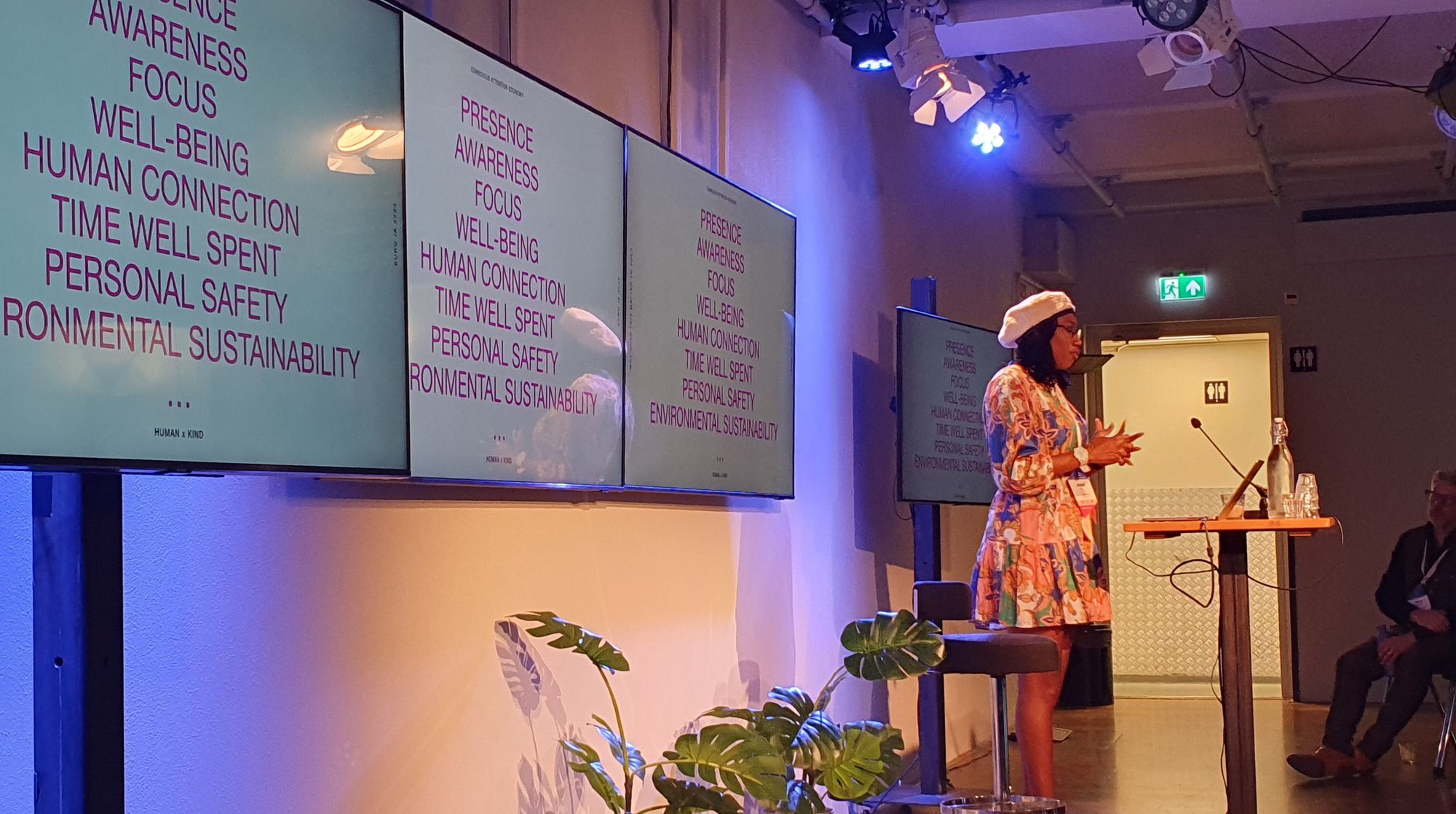Euro IA 2023

I really enjoyed putting this post together... I have been working on it for the past two weeks, but it was hard to focus on it for the past two days.
There is a war between Palestine and Israel. Hamas, a terrorist organization, massacred hundreds of civilians celebrating their holidays. IDF, a legitimate army, retaliated back and killed probably as many bodies - terrorists if you ask them, martyrs if you ask the other side.
There are no winners in this. There will be none. How it ended up like this is a result of mutual actions by the sides, and probably by other parties. I am keeping all impacted innocent people close to my heart. I deeply lament everyone who contributed to this massacre. ⚫
I was very fortunate to attend EuroIA 2023 at the end of September. I have been involved in the community for a few years, and this was the first time I was able to join the conference in person. It was a very cozy, small conference with a focus on session quality and attendee interaction. That is, we enjoyed a program featuring talks that were double blind-reviewed by the community, with lengthy coffee breaks and lunches and socials that encouraged peer conversations. Moreover, the catering team at Pakhuis de Zwijger served the best banquet carrot cake I have ever had.
I am sharing a summary of some of the sessions I attended below. If you are considering attending next year, you can find the entire 2023 program on the EuroIA page. Happy reading!
Notes from EuroIA 2023
Amani Anai talked about conscious attention economy. She talked about how attention is the modern resource to be exploited, mostly for impressions, but also for influence. I didn’t know that there was an actual name for it: yellow economy (PDF link).
It was a very nice talk, but it was a bit weird to watch a talk on being conscious about how much attention we demand from users, on four screens that show the same thing 😊

During this talk, I had a chance to reflect on a common struggle my teams had to endure when we had to work with decision-makers from marketing. Digital experience designers and marketing people have opposing views on attention. In broad terms, marketing mindset sees attention as something to be grabbed and used. Experience design sees it as a valuable resource that should be respected and treated very, very carefully. A successful marketing campaign overwhelms the “user” by hegemonizing all their attention. In contrast, a successful digital experience strives to attract the minimum attention, only the required amount necessary to help the user complete their task. This is a huge difference which I would love to cover in a future post.
Aletta Smits talked about how data and algorithmic decisions take a central role in determining the quality of our digital experiences. She talked about the importance of knowing about hidden decision mechanisms in our digital products.
Designers need to know about what algorithms can and cannot do, what biases they amplify, whom they exclude, and what kind of invisible harm they could bring in the longer term. This knowledge does not require a PhD in Data Science, only a basic technical understanding of data processing and an equal amount of ethics awareness.